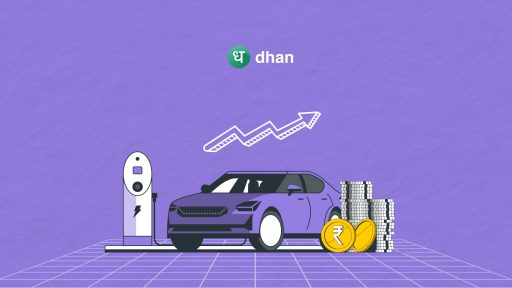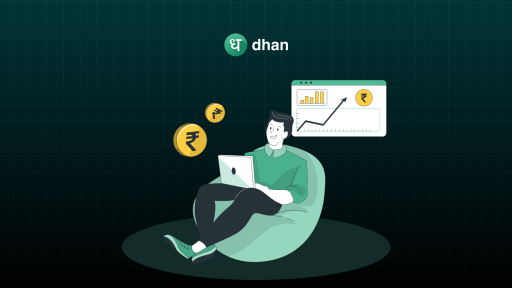Technological improvements and changing consumer expectations are driving a rapid transition in the retail sector in India in the form of quick commerce. Quick commerce allows individuals to buy and get everyday essentials delivered within a few minutes. This blog explores India’s emerging quick commerce industry and its future prospects in the Indian market.
Quick Commerce in India
So, what is quick commerce? Q-commerce, a category of e-commerce focused on lightning-fast delivery (often within 10 to 30 minutes), is another name for quick commerce. Quick commerce differs from typical e-commerce in which orders are placed with the expectation that they would be delivered the following day or even within a few days.
The quick commerce model uses a network of delivery people and strategically located dark stores (small, localized fulfillment centers), to deliver the order quickly, usually between 10-30 minutes.
Quick commerce delivers everything from daily necessities like groceries, milk, household basics, and medicines to power banks, etc.
The Rise of Quick Commerce Businesses in India
India is one of the world’s biggest and most vibrant e-commerce markets, with a large and quickly expanding internet user base. The popularity of quick commerce in India that guarantees delivery of daily goods in a matter of minutes has increased in recent years with the changing preferences of urban customers.
This demand has been tapped by quick commerce companies in India like Blinkit (formerly Grofers), Dunzo, Zepto, and Swiggy Instamart, offering lightning-fast deliveries, ranging between 10– 30 minutes. By using the latest technology, hyper-local fulfillment centers, and agile supply chains, these companies have created an entirely new market segment In India.
By optimizing last-mile transportation and placing dark stores—small warehouses in cities—smartly, these businesses ensure that customers receive the required goods in a timely and effective manner. Especially in urban areas such as Delhi, Mumbai, Bengaluru, and Kolkata, where hectic schedules demand quicker delivery of goods.
Recent research indicates that India’s quick commerce market was worth $3.34 billion in 2024 and is projected to reach $9.95 billion in 2029. This growth path not only shows that customer preferences have changed but also shows that this industry has room to continue evolving.
The Future of Quick Commerce in India
The future of quick commerce in India looks promising, with several key trends shaping its evolution. Some of them are mentioned below:
Expansion into Tier-2 and Tier-3 Cities
The upcoming growth phase for quick commerce will be marked by its expansion to smaller towns and cities beyond the metropolitan areas. A growing number of internet users live in small cities, which represents an unexploited market potential for Q-commerce companies.
Rising smartphone adoption, along with growing convenience demand in rural and semi-urban areas, makes these territories suitable for quick commerce.
Technological Advancements
Investments in technology, such as artificial intelligence-based management of inventory, route optimization, and automated systems for fulfilling orders will further make the execution of quick commerce operations smooth.
Diverse Product Offerings
The upcoming period will witness quick commerce businesses expanding their product range beyond household necessities and groceries. Quick Commerce will expand its portfolio to electronics, personal care products, etc. with quick delivery options.
As the market matures, the breadth of offerings will increase and will lead to better shopping experiences for consumers.
Sustainability Efforts
In the future, most Quick commerce businesses will struggle to meet growing sustainability standards because of increasing environmental consciousness among people. Therefore, industrial processes should implement environmentally friendly packaging with carbon-neutral delivery approaches to achieve sustainable growth.
The competitive landscape will shift in favor of companies implementing environmentally sustainable delivery solutions as consumers are becoming more eco-conscious.
Integration with Other Services
In the future, we could see further integration of quick commerce with other on-demand services. For instance, partnerships with food delivery platforms, ride-sharing companies, or fintech services could create a more holistic, interconnected shopping ecosystem.
This would allow consumers to access a wide range of services in a more streamlined, integrated manner.
Stronger Market Competition
As the sector matures, more companies will enter the market, intensifying competition. A company with better customer service combined with improved delivery speeds and competitive price points will emerge from the competitive landscape.
Quick commerce services from e-commerce giants Amazon and Flipkart are expected to receive upgrades, elevating consumer expectations to new heights.
Conclusion
Quick commerce in India is not just a passing trend but a transformative shift in how people access goods and services. With rapid advancements in technology, urbanization, and evolving consumer behavior, the future of quick commerce is bright. As more players enter the market and the industry matures, consumers can look forward to faster, more efficient, and convenient shopping experiences.
The journey of quick commerce in India has just begun, and its full potential is only beginning to unfold. Keep an eye on this sector—it’s bound to revolutionize the way we shop forever!




